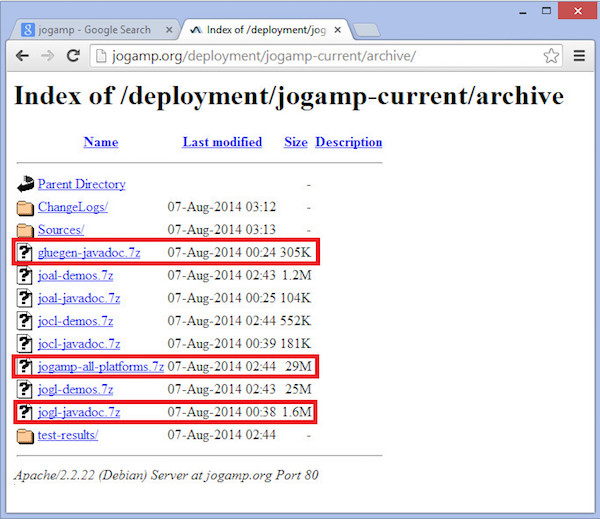
The 4 GB limit for Windows, at least, is also a factor of licensing. Tech-savvy readers might know that modern chips support PAE, a processor technology that allows the operating system to use a little bit more memory-up to 64 GB, but it also requires special application support that most applications don’t have or necessarily need. What’s even worse – this address space needs to be contiguous, so in practice, you are often left with just 1.5-1.8GB of the heap on Windows machines. It doesn’t matter how much RAM is in the box, a 32-bit process can only use 2GB of RAM. One-half of it is reserved for the operating system (which a user process cannot use) and the other half for the user.

Windows cuts the process address space in half. What breaks this on Windows is how to process address space is handled. So, in a 32-bit system you can theoretically allocate up to 4GB of memory per process. It is simply because the size of a 32-bit value will not allow any more references in memory.Ģ 32 = 4,294,967,296 i.e. Understanding 32-bit Architecture in DetailĪs you may be aware of that in any 32-bit operating system, you are limited to 4096 MB (4 GB) of RAM. What is the Maximum RAM Allocation Possible on a 32-bit vs. class Generated using a 32-bit Compiler be used on 64-bit Machine? Which versions to Install on 32-bit/64-bit Machines? Understanding 32-bit Architecture in Detail Now let’s expand our understanding and go deeper into bits and bytes. You already read the basic difference between 64-bit and 32-bit computing/architectures.


In this post, I will try to put some light on these different terms and also I will try to answer some obvious questions. Many times we worry that what package we are eligible to download and install in our systems so that our java code runs fine. If you go to java download page, it lists various installation packages mentioning 32-bit packages or 64-bit packages for various platforms such as Linux or windows. Similarly, 32-bit computing, CPU or 32-bit programming uses 32 bits (four octets/bytes) for all the above purposes. From the software perspective, 64-bit computing means the use of code with 64-bit virtual memory addresses. Also, 64-bit CPU and ALU architectures are those that are based on registers, address buses, or data buses of that size. In computer architecture, 64-bit computing is the use of processors that have datapath widths, integer size, and memory addresses widths of 64 bits (eight octets/bytes).


 0 kommentar(er)
0 kommentar(er)
